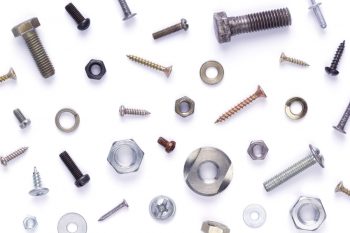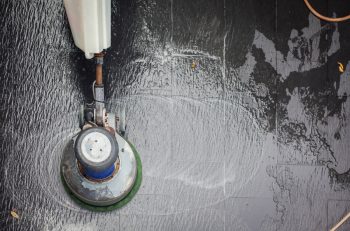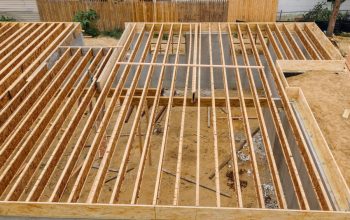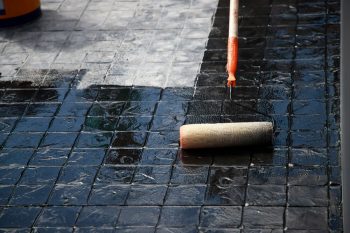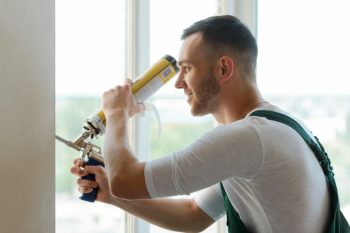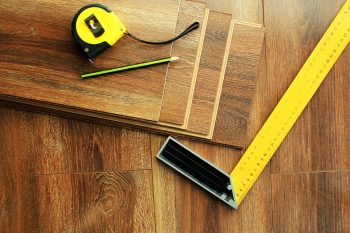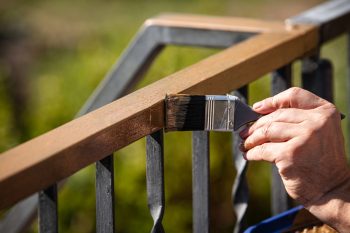
Metal and concrete are two of the strongest building materials used today. While gluing them together doesn’t create a super material, they can be attached to form a strong bond. Better yet, it’s a simple process that requires minimal tools.
Let’s get to gluing.
Choosing the right glue for your project is as vital as how you glue your concrete and metal together. We’ll explore some different adhesive options on the market and the situations they work best.
After that, we’ll take a quick look at the tools you need to get the job done right.
Once your tools are ready, it’s time to get to business. First, the article will give step-by-step instructions on gluing metal to concrete.
It’s a simple process of cleaning the materials, applying the glue correctly, and pressing the two materials together (and clamping or attaching them with screws if possible).
If you’re trying to adhere a piece of metal to concrete, you’ve come to the right place. There are a few types of glues that can bond the two materials.
Let’s look at what glue is best for your project, then explore how to glue metal to concrete.
What Type of Glue Should You Use?
Picking the correct type of glue is the first thing you’ll need to determine. Three widely available types of adhesive are commonly used.
Metal is intrinsically dense and slick. Some types of glue won’t work because they’ll form a poor bond. Picking suitable adhesives for your project is critical.
Read on to explore which option makes the most sense for you.
1. Polyurethane Adhesives
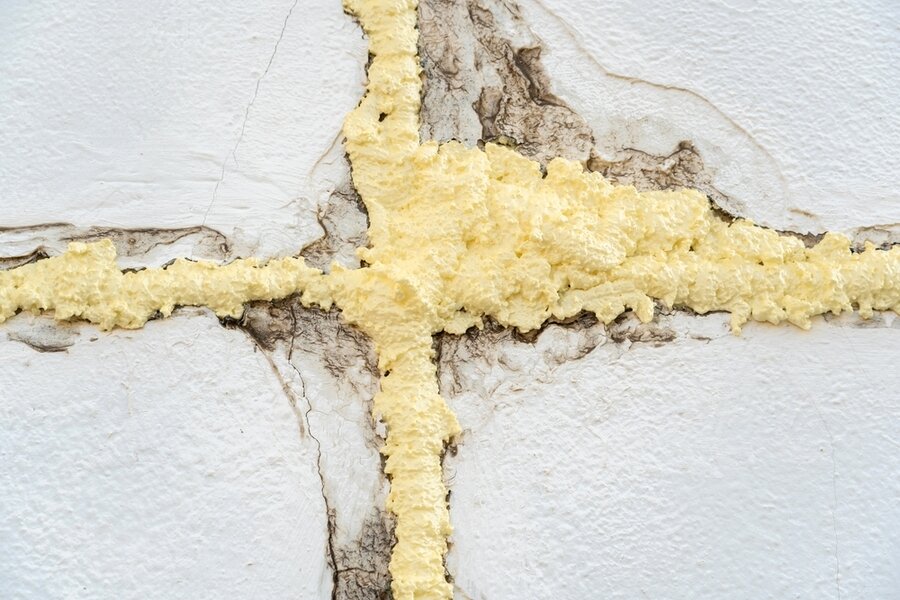
The most common type of polyurethane adhesive used by homeowners and construction professionals alike is exterior construction adhesive.
It’s affordable, widely available, and easy to apply to stick it in a caulk gun and start gluing. For best results, clamp or screw your material together after using construction adhesive until the glue can properly dry.
Construction adhesive is an excellent choice for bonding metal to concrete for a few reasons. First, it’s water-resistant so that you can use it indoors and out.
It forms a quick initial bond (allow to cure at least overnight to ensure full adhesion, though), and it’s not brittle.
Another selling point of polyurethane-based adhesives is that you can apply some finishes to them once they dry. They can be painted. Avoid staining or sanding polyurethane adhesives, though.
A better option than applying a finish to construction adhesive is to remove any excess completely. We’ll look at how to clean up your adhesives in a bit.
2. Super Glues
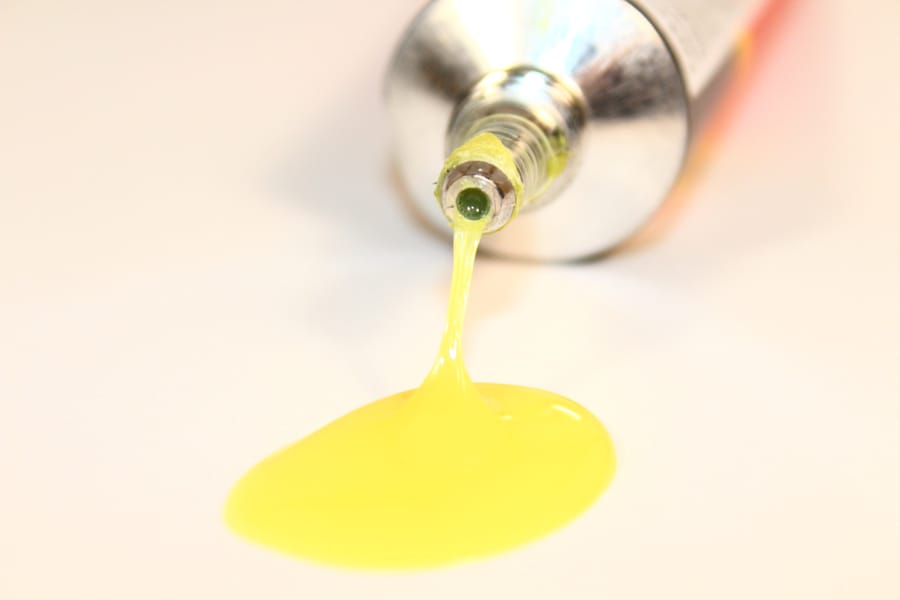
Super glues are great for minor household projects. For example, if you’re looking to bond small pieces of metal and concrete, super glue is the glue for you. It sets fast, creates a strong bond, is resistant to elements, and it’s easy to apply.
3. Epoxy-Based Adhesives
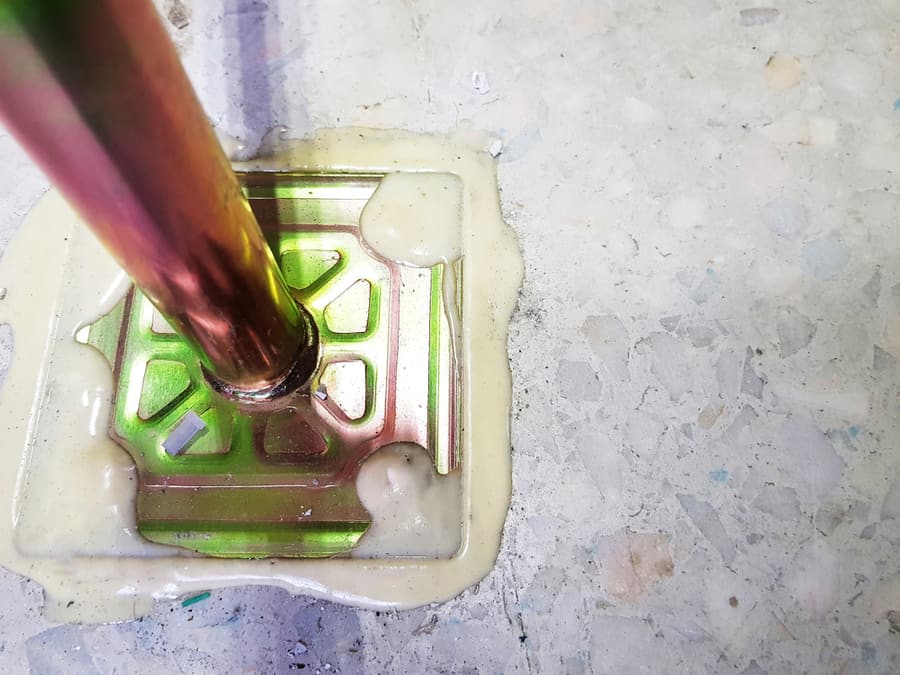
There are a wide variety of epoxy-based adhesives on the market, and not all of them will be formulated for use on metal to concrete. Make sure you pick one that is intended for metal-to-concrete bonding.
Epoxy-based glues are an excellent choice for gluing metal to concrete because they are resistant to heat and chemicals. Epoxy is also quick drying (sometimes in just a few minutes) and creates a durable, strong bond.
Epoxy can also be used to fill voids if you’re bonding metal to concrete that’s rough or has large voids.
Most epoxies are two-part, meaning you’ll need to mix the epoxy resin and a hardener to create the adhesive. Follow the instructions on your glue for the proper ratio of epoxy to hardener.
How To Glue Metal to Concrete
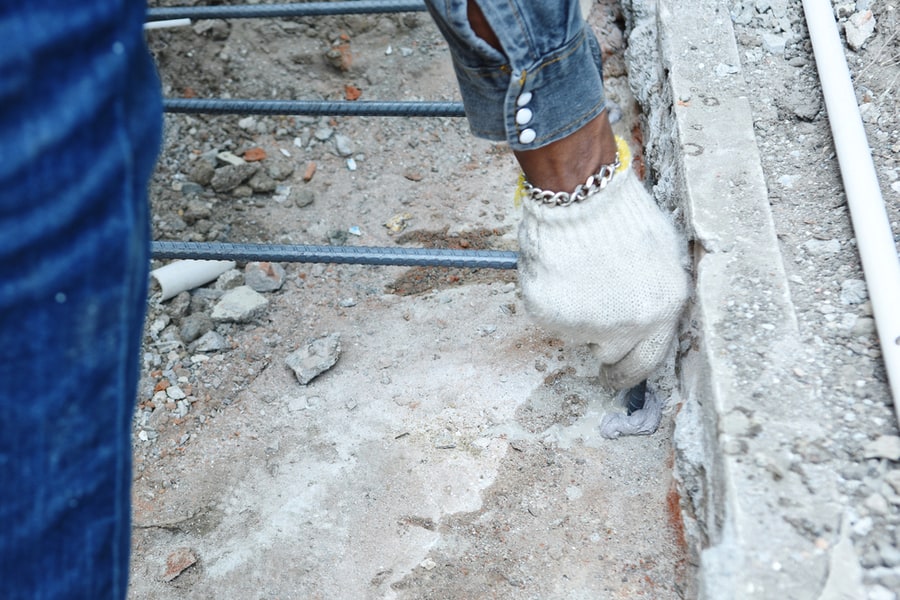
Alright, now that you’ve selected the right type of glue for your task, it’s time to bond the metal to the concrete. The tools you’ll need to accomplish this are:
- Caulk gun
- Adhesive
- Rag or paper towel for the clean up.
- Stiff bristled brush (if necessary).
- Solvent if necessary.
- Plastic or drop cloths.
Clean Both Surfaces
The metal and the concrete both need to be dry and completely clean. Use a stiff-bristled brush to dislodge any dirt or debris, if necessary. Wipe away any dirt with a clean rag.
Cleaning might be the most crucial step if all unclean surfaces will fail to bond properly, so make sure the metal and concrete are both clean.
Apply Glue to Both Surfaces
Gluing both surfaces with ensure a proper bond is formed. Mix your epoxy as instructed, or use a caulk gun to apply construction adhesive. Super glue is applied straight from the bottle.
Always apply glue in a well-ventilated area, as some adhesives have potent fumes.
Wear latex or nitrile gloves when gluing to keep the adhesive off your hands.
Cover anything nearby that you don’t want to get glue on. Use plastic, drop cloths, or other protective material.
Press the Two Materials Together and Let Dry
Press them together firmly to ensure a proper bond. Epoxy and superglue form very tight bonds, while polyurethane-based adhesives must dry overnight to cure fully.
Use clamps or fasteners like screws whenever possible or necessary to ensure the bond is as strong as can be.
Clean up any excess glue following the instructions in the faqs below.
Your Metal and Concrete Are Now Glued
Excellent work; your metal and concrete should now be bonded together. The glues discussed in this article form powerful bonds, so if you do it right, the metal and concrete should be stuck together for years to come.
Remember to think carefully about the glue that will work best for your project and purchase your adhesive accordingly.
Good bonds start with clean surfaces. Clean and dry your metal and concrete before sticking them together. Attaching bar clamps or screws can help create a more powerful bond.
You’re all set – kick your feet up and rest satisfied with another project completed.
Frequently Asked Questions
How Do I Clean Up Excess Glue?
Your best option is to read the instructions on the label of the glue you used and follow them.
Some glues can be cleaned with water, while others require mild solvents like mineral spirits or acetone.
Wear gloves when working with solvents, and use a rag for any excess glue.
If you soak a rag in a solvent and submerge it completely in water before disposing it, solvent-soaked rags pose a fire hazard. Alternatively, seal the used rag in a container.

